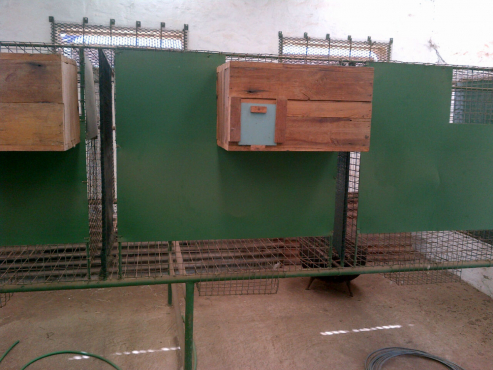Chook Coaching And Hand Rearing

For an in depth parrot coaching system that doubtlessly turns your chook into a fun, loving companion as well as studying a number of cool tricks, strive Chet Womach's Parrot Training Course Do not forget that taming and training a hen takes persistence, never 'punish' your pet! Students with Birds Blog was based by me: Sarah, a parrot slave with a penchant for analysis and a knack for coaching animals.
Birds that take food on the wing take a long time to hone their looking skills, without some training, and help with handouts for a time, www.mergemp3.com these birds will not survive. Cockatiels can mimic many sounds, such because the bleep of a automotive alarm , a ringing phone , the sound of a zipper, the beeping of cell telephones or microwaves, or the calls of different chook species corresponding to blue jays or chickadees and loud weather like thunder They can additionally mimic different pets such as canine, often barking again.
Canines have advanced to live with humans over the past 27,000 years ( ref ) parrots since maybe, the Nineteen Thirties ( ref ). The parrot's potential to imitate human speech is, on the same time, its most adorable and its most misleading trait. It is easy to forget that parrots are wild spirits of the tropical savannahs, not domesticated companions like canines and cats that match comfortably into the typical human family.
Some bought the fowl on impulse after a slick gross sales pitch by a pet shop employee or hen breeder who minimized how demanding bigger parrots could be. Actually, parrots require considerably more time and a focus than canine and cats. Cockatoos and other pets, akin to dogs and cats, could or might not develop a pleasant relationship with one another.
In cockatoos with cloacal prolapse, characteristic—albeit speculated—historic findings embrace hand-rearing; delayed weaning; bonding to a selected particular person; and display of behaviors reminiscent of continued begging for meals, sexual arousal, and tendency to carry feces for a protracted interval (which can have been stimulated further by potty training by the proprietor).147 These behaviors may stimulate extended and recurrent cloacal straining; subsequent cloacal stretching, dilatation, and prolapse (see Figure 5-forty nine); and distension and flaccidity of the cloacal sphincter.